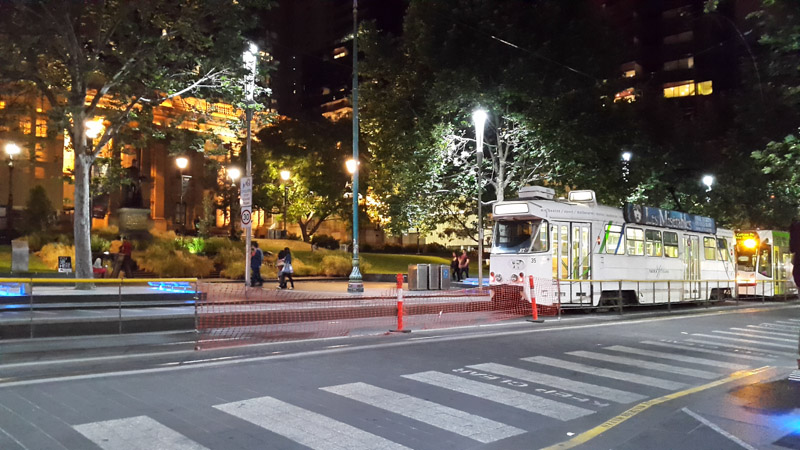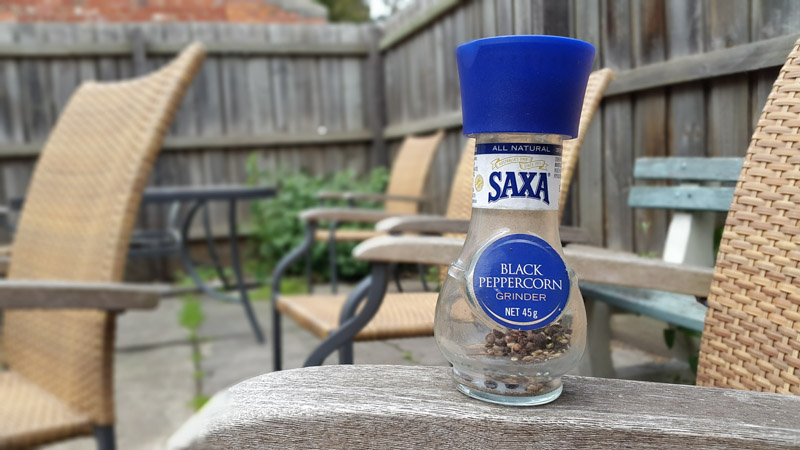Samsung Galaxy Alpha Review > Camera: 12-Megapixels... Downscaled?
Camera: 12-Megapixels... Downscaled?
The main photographic camera found on the Samsung Galaxy Alpha is a 12-megapixel CMOS with ISOCELL technology, paired with an f/2.2 lens with a 35mm-equivalent focal length of around 31mm. Bated from the resolution, the camera is similar to the 1 found in the Galaxy Note 4 and Galaxy S5 (both sixteen-megapixel shooters) as it as well features a native sixteen:9 aspect ratio.


Oddly, Samsung has gone to quite an effort to obscure the photographic camera sensor model found in the Alpha, making information technology hard to discern whatsoever actress specifications. Both the S5 and Alpha accept the same focal length (4.8mm) and same field of view, indicating both sensors are the same size. This ways one of two things: either the pixel size has increased from 1.12µm to around 1.3µm; or the sensors are literally the same, with Samsung downscaling each 16-megapixel native capture to 12-megapixels in pre-processing.
While I'm not completely convinced, I believe the latter is more probable. The Alpha virtually always uses the same ISO and shutter speed as the Galaxy S5 when capturing a detail scene, and every bit the photos from both phones look very similar, there is no indication of better low-light performance from the Alpha due to larger pixels. Furthermore, downscaling a photo taken with the Milky way S5 to 12 megapixels looks strikingly similar to the same photo captured with an Blastoff, every bit you tin can see below. Note that the Alpha besides appears to apply an actress sharpening filter, producing tell-tale mail service processing artefacts.

This hypothesis is backed up past ii other pieces of information. I is that neither Samsung nor Sony (the usual sources for flagship Galaxy cameras) produce 12-megapixel smartphone sensors as far every bit I can define. The other is that when I was digging around in the Alpha's camera firmware diagnostic tool, it indicated the sensor was the same S5K2P2 model as found in the S5. The diagnostic tool isn't always the most reliable source, but it does give some insight to the photographic camera hardware.
And then at this stage I'm tentatively proverb that the Galaxy Alpha packs a 16-megapixel 1/2.half dozen" S5K2P2XX CMOS sensor with a pixel size of 1.12 µm, downscaled to 12-megapixels in the camera firmware. This 25% reduction in image size improves sharpness when looking at full-resolution crops, which could exist Samsung's intention with the odd selection of downscaling (if I am right).




As for epitome quality, the Galaxy Alpha produces images that are very like to the Galaxy S5 (surprise, surprise). Metering isn't always identical, just yous can usually rely on the Alpha to produce balanced images with good dynamic range and fantastic color accuracy, especially in potent sunlight. Even though photos are 12 MP rather than 16 MP, in that location's still room to manipulate them, and overall sharpness is marginally better compared to the S5.
The f/ii.2 lens on the Alpha is optically quite decent, delivering acceptable bokeh for a smartphone. Like other loftier-terminate Galaxy devices, the Alpha comes with a selective focus style that can introduce false groundwork blur, though its implementation is still far from perfect.



While you'll typically get fantastic photos in good lighting, the lack of an OIS module means that in less than ideal weather images won't be every bit amazing. Comparing images from the Alpha and the Notation 4, the latter of which comes with OIS, shows that the Alpha's images aren't as bright or every bit crisp. Occasionally you'll become photos that are slightly blurry due to shaking easily, although color quality is still quite good.
Keeping the motion picture stabilization feature activated allows you to take some adequate images in low light. The Alpha is certainly non as capable every bit a competing smartphone with OIS like the Notation 4 or LG G3, merely many photos taken at dark can be usable. For times where it'due south just too night, the LED flash can help to illuminate the surrounds, although similar about smartphone flashes it'southward limited in range and brightness.



As the Galaxy Alpha has largely the same software equally the Galaxy S5, you lot also get yet camera features. This includes a very good HDR mode, a handy amount of camera settings, several flare-up shot modes, and live effects. Combined with nix shutter lag and extremely fast autofocus, and the Milky way Alpha comes with a very capable shooter.


The front camera, which is a 2.1-megapixel S5K8B1 1/7.three" CMOS sensor with 1.12µm pixels paired with an f/2.4 lens, is good plenty for the occasional selfie and some 1080p video recording. It'south certainly not the best selfie camera I've seen, lacking low-light friendly hardware and a wide-bending lens, but it gets the chore washed most of the time.
The Milky way Alpha comes with withal video recording features as the Galaxy S5. This means 4K Ultra Hard disk video recording at 30 frames per 2d, polish motility 1080p at 60 FPS, and even slow motion 720p at 120 FPS. Bitrates are identical, pushing upward to 48 Mbps for 4K using high-profile H.264, a sample of which tin be found below.
Quality when recording at 4K, especially when downscaled to fit a 1080p or 720p display, is excellent. Each frame looks similar to a notwithstanding image, with great color quality and fast metering, while sound recording is likewise very expert. The reduction to 12-megapixels for still images does not appear to accept affected video recording in any significant way.
Source: https://www.techspot.com/review/910-samsung-galaxy-alpha/page4.html
Posted by: hendricksontrephis.blogspot.com


0 Response to "Samsung Galaxy Alpha Review > Camera: 12-Megapixels... Downscaled?"
Post a Comment